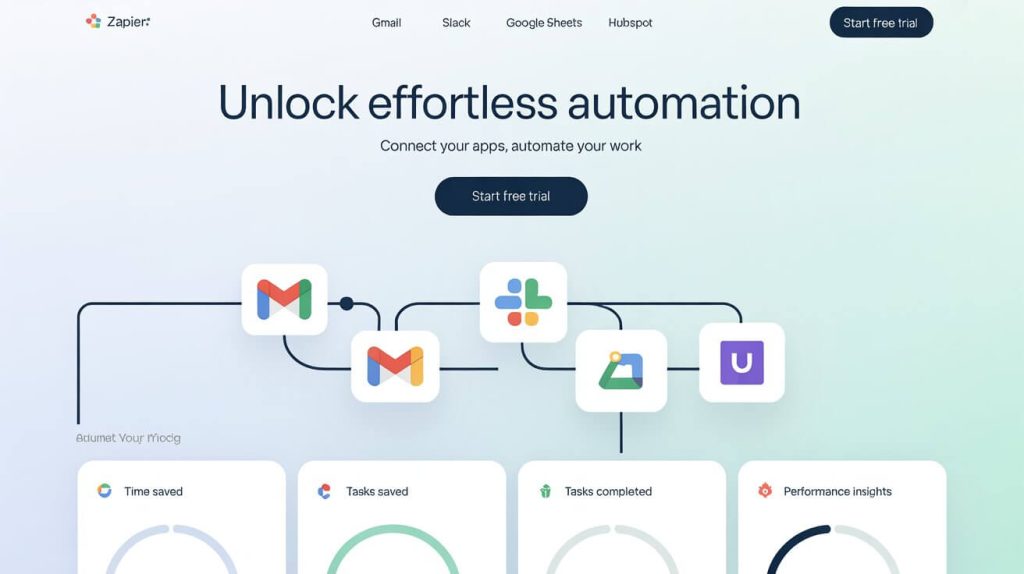In the rush to adopt AI automation, many busy professionals jump straight to implementing tools without fully understanding which processes will yield the biggest impact. Not all workflows are worth automating immediately, and misprioritizing can waste time and resources.
To get the most from AI automation in 2025, you need a clear, strategic approach to identify, evaluate, and prioritize which business processes to automate first. This article walks you through a practical framework that will help you make smart decisions and accelerate your path to greater efficiency.
Why prioritizing AI automation efforts matters
Automation is a powerful way to save time and reduce errors, but it requires upfront investment to design and implement. Without focus, it’s easy to tackle low-impact tasks that bring little return or overload your team with too many projects at once.
Prioritizing lets you:
-
Focus resources on automating the most time consuming or error-prone tasks first
-
Deliver quick wins that build momentum and team buy in
-
Avoid costly automation failures by starting simple and scaling thoughtfully
-
Align automation efforts with your broader business goals and challenges
Having a prioritization strategy makes your AI automation journey more manageable and effective.
To understand how process automation fits into a smarter AI workflow, read AI automation for busy professionals: a smarter way to work in 2025.
Step 1: map out your business processes
Start by listing all the core processes involved in running your business or department. These might include:
-
Client onboarding
-
Invoice processing
-
Customer support ticket handling
-
Sales follow ups
-
Employee time tracking
-
Content publishing workflows
Talk to team members who perform these tasks daily and observe where the bottlenecks or pain points are. Document the steps involved and note how much time each process consumes.
Step 2: evaluate processes against key criteria
To determine which processes should be automated first, evaluate them based on criteria that predict automation success and impact:
-
Repetitiveness: Does the process involve the same steps repeatedly?
-
Volume: How often does this process occur (daily, weekly, monthly)?
-
Time Consumption: How many hours does this process take across the team?
-
Error Rate: How prone is the process to manual mistakes?
-
Complexity: How complex are the decision rules or exceptions? (Simpler processes are easier to automate first.)
-
Business Impact: How much does this process affect revenue, customer satisfaction, or compliance?
-
Data Availability: Is the data needed for automation structured and accessible?
Assign a score or rank for each process to create a clear comparison.
Step 3: identify quick wins and high impact opportunities
Look for processes that combine high time consumption and repetitiveness with low complexity these are your “quick wins.” Automating these first delivers fast, measurable benefits and builds confidence in AI.
At the same time, highlight any high-impact processes that may be more complex but could transform core operations if automated. These might require a phased approach or additional design effort but can create lasting value.
Step 4: develop an automation roadmap
Based on your evaluation, create a roadmap that sequences your automation projects by priority. Include:
-
Target processes to automate
-
Expected benefits and goals for each
-
Resources required (time, team members, budget)
-
Milestones and timelines
-
Plans for monitoring and continuous improvement
A clear roadmap keeps your team aligned and helps you track progress toward automation goals.
Step 5: prepare your team for change
Automation affects how people work, so communication and training are crucial. Engage your team early by explaining the benefits and involving them in process mapping and testing.
Encourage feedback and be transparent about how automation will change roles. Preparing your team increases adoption rates and smooths the transition.
Step 6: monitor results and adapt
After launching each automation project, track results against your initial goals. Look at time saved, error reduction, user satisfaction, and other key metrics.
Use these insights to refine existing automations and inform your next priorities. Automation is an ongoing journey, and continuous optimization is key to long term success.
Prioritizing AI automation efforts strategically is a game changer for busy professionals in 2025. It ensures you focus on what really matters, unlock quick wins, and build a scalable system for smarter work.
By mapping your processes, evaluating their potential, and creating a clear roadmap, you’ll maximize your return on automation investments and free up time for more meaningful, growth focused work.
For a practical example of AI automation in action, check out how to automate client onboarding with AI using Dubsado: a complete guide for busy professionals


